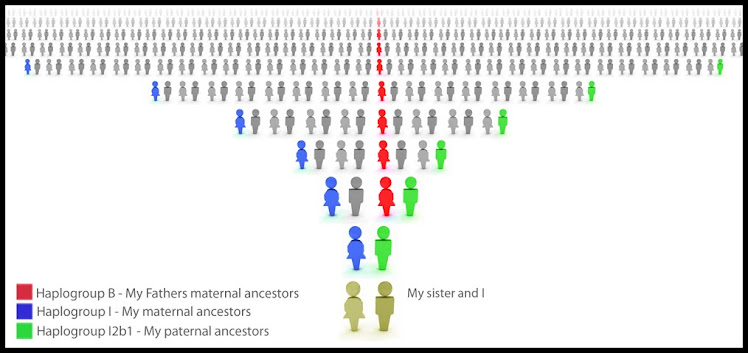Since I have an extra moment and the last such post had 77 reads...here is some more of the e-magazine article reading:
Birth and Death Records - Basics and Beyond:
Birth and death records comprise the foundation of
vital records since most vital statistics are commonly available on both
certificates. The basics of either are
the full names of all individuals listed, dates, and places of key vital
events, and the relationships positively identified on the documents. Going beyond these basic records involves
commonly associated available records.
When a child is born there may be an announcement, invitations,
memorabilia with hand and footprints, etc.
Similarly, when any person dies there are often many records associated
with the death certificate such as funeral home and cemetery records, will and
estate records, an obituary, etc. Often
times there are now videos and or groups of pictures on video presented at a
memorial service for the departed family member. Just remember to consider all of the possible
records generated for these and other vital events.
Immigration and Emigration:
What
is the difference? Immigration is when
people move from one country to another permanently while emigration is when
people move within a country settling from place to place. Often times our immigrant ancestors are also
emigrant ancestors who crossed the pond and moved around a bit after they
arrived here. Many researchers are fascinated
with the fact that ancestors crossed an entire ocean to get here, but it is
just as amazing to track how they moved from place to place within their new
homeland.
Using Familysearch.org LDS Website for Research:
Familysearch.org is a great website from the Church of Jesus Christ Latter Day Saints
Using Google.com for Research:
Google is another amazing site to conduct
family research on. Just remember to
note that sources are still critical as everything you read on the internet
hasn’t been verified with primary source documents. Try searching people’s names first then add a
place name and watch the results narrow from thousands to a handful. Then add a year and maybe you’ll get
lucky. Try this will all of your
ancestors and just print anything that matches up and attach it to a completed
research log for ancestors’ folders. It
doesn’t get much easier. Google also has
some amazing Map features these days where you can not only view an address
from a satellite view, but you can also get a photo view of most major and many
minor streets.
Also you can
search Google news to brows newspaper articles for notorious ancestors. There seems to be no end to how Google can
help a researcher.












